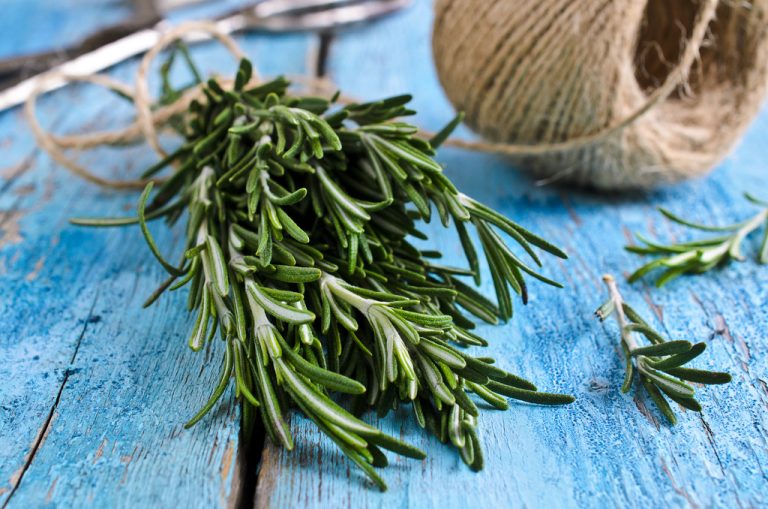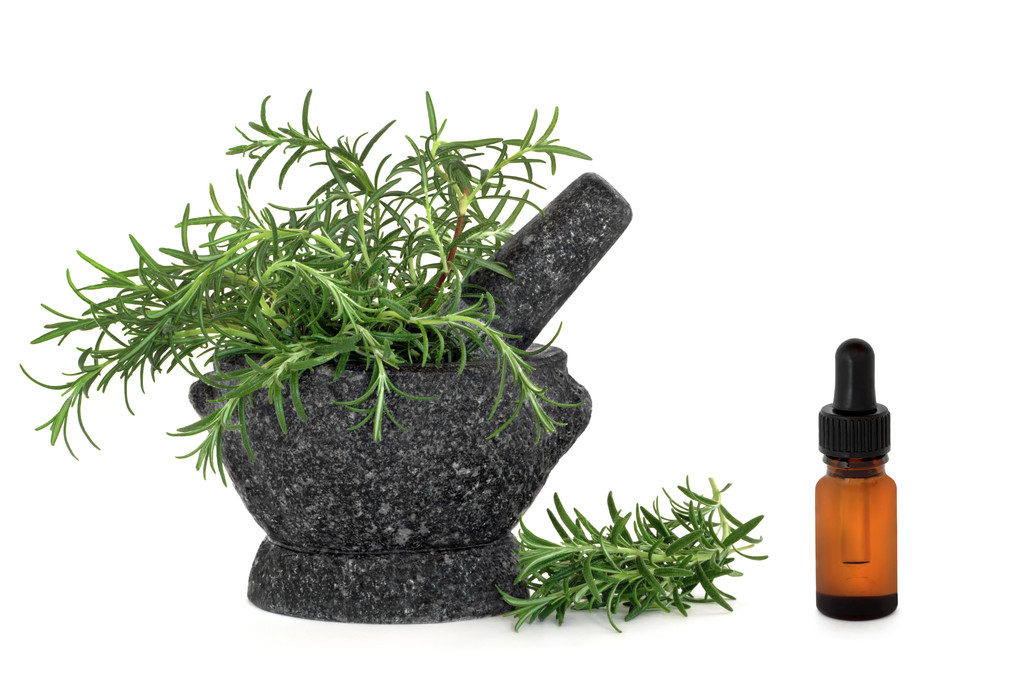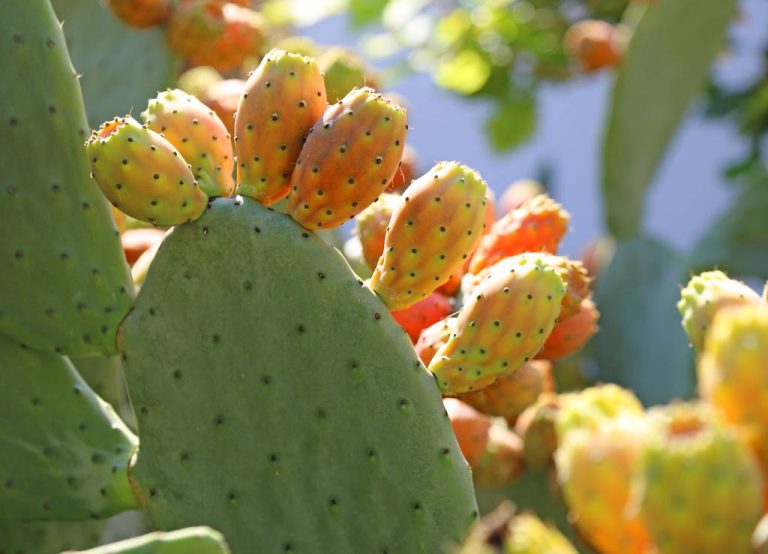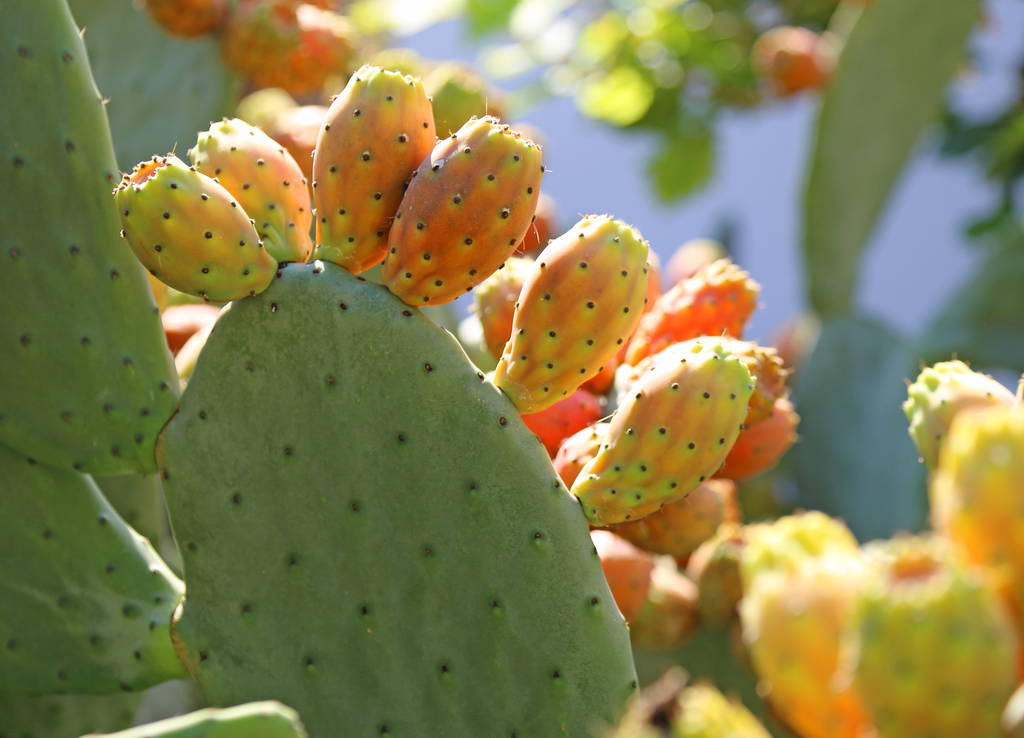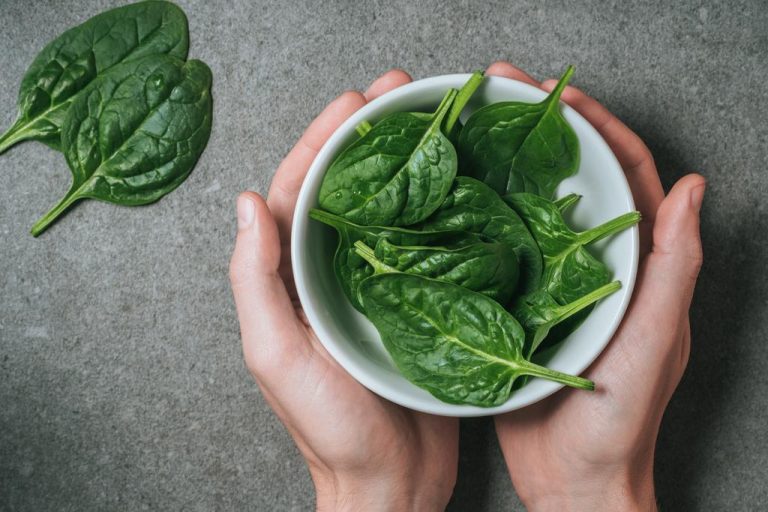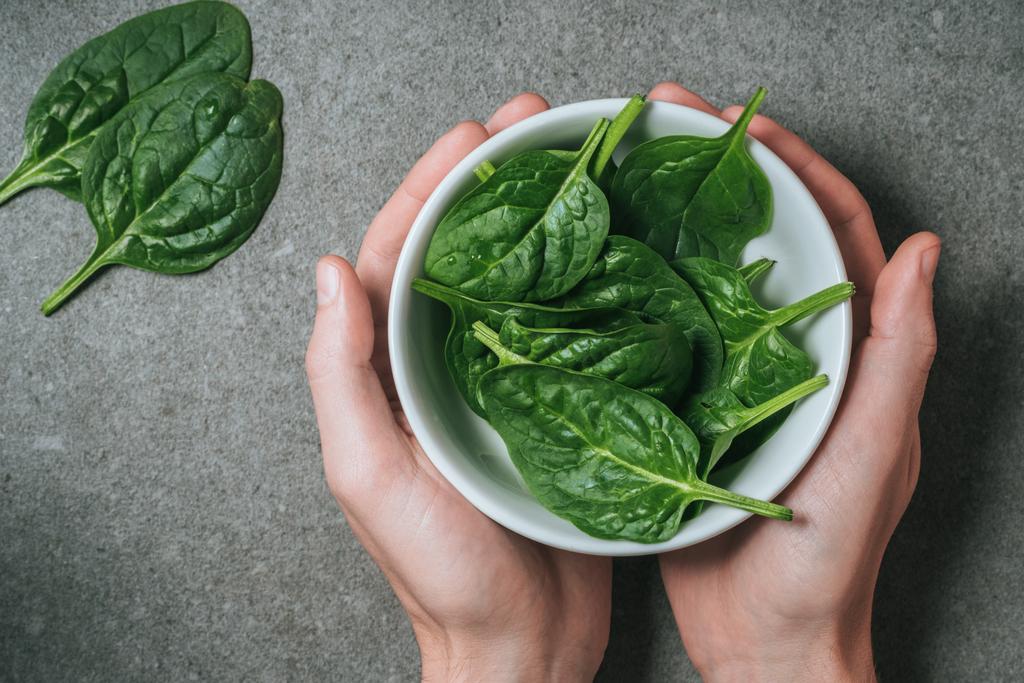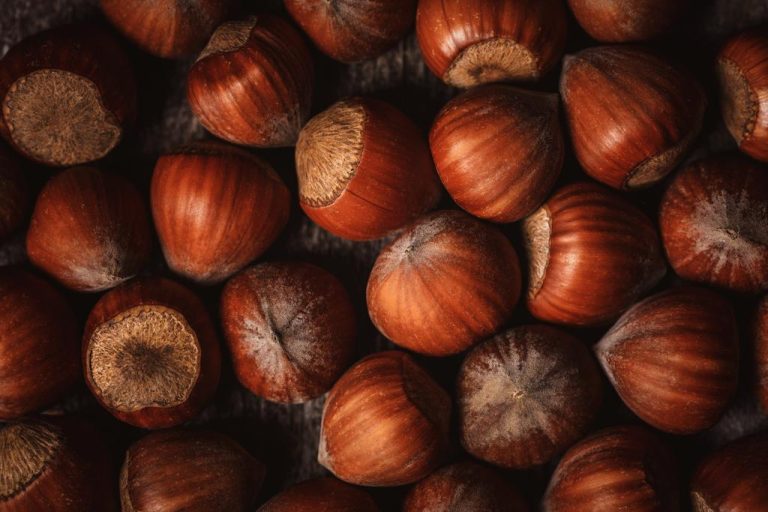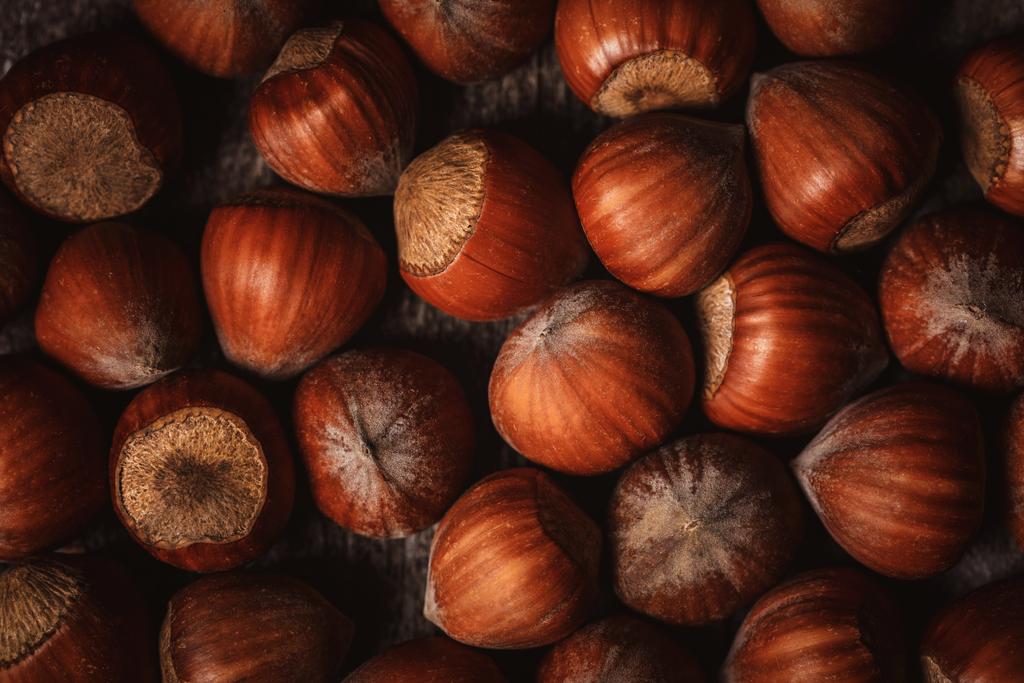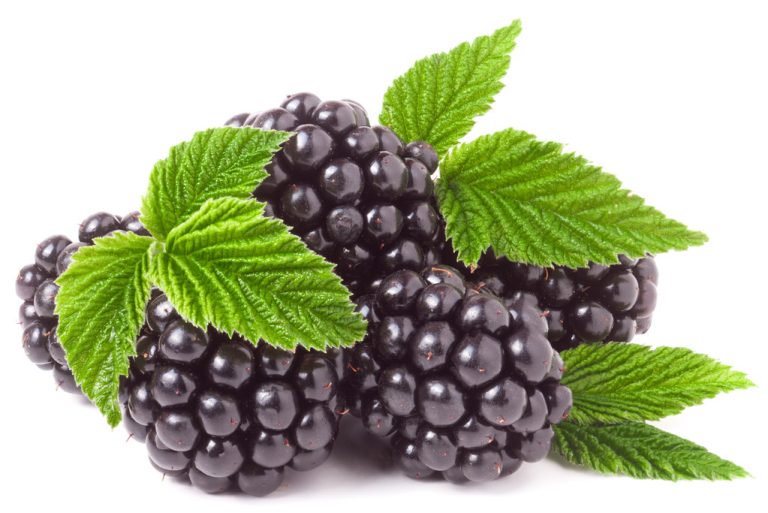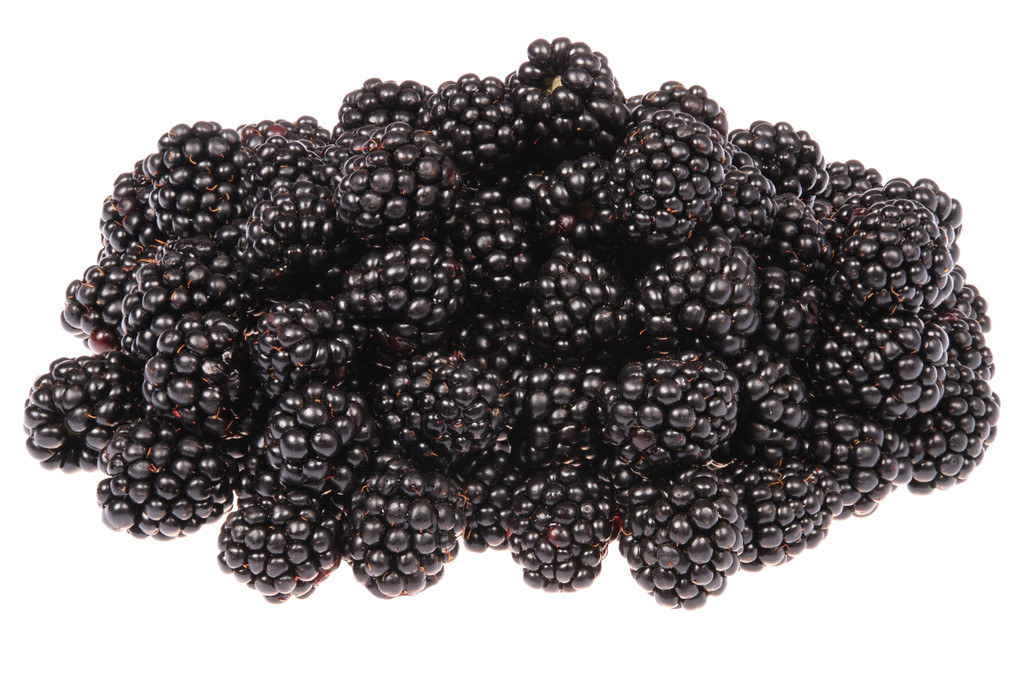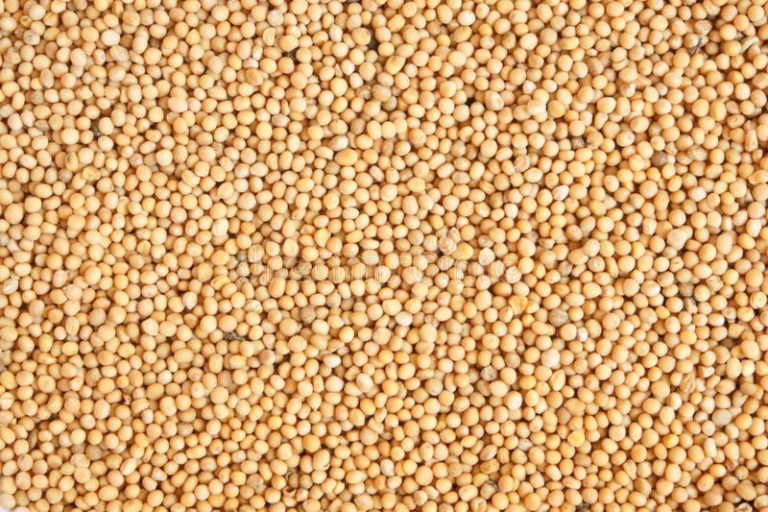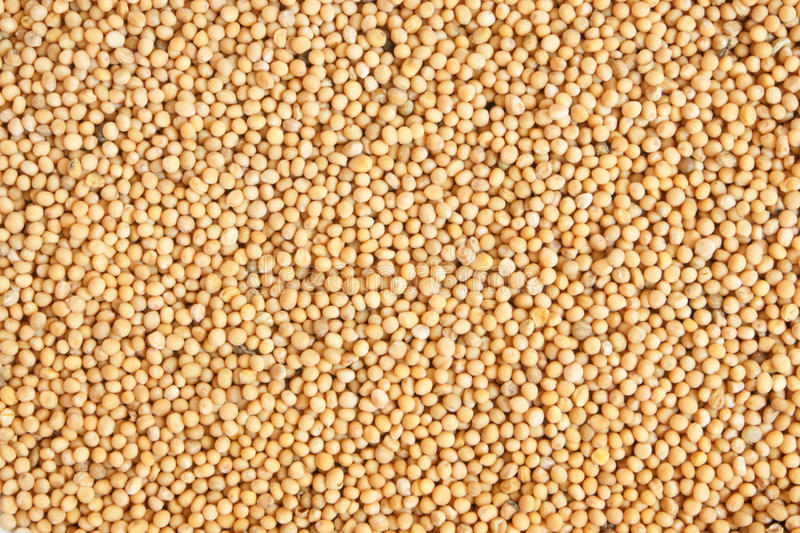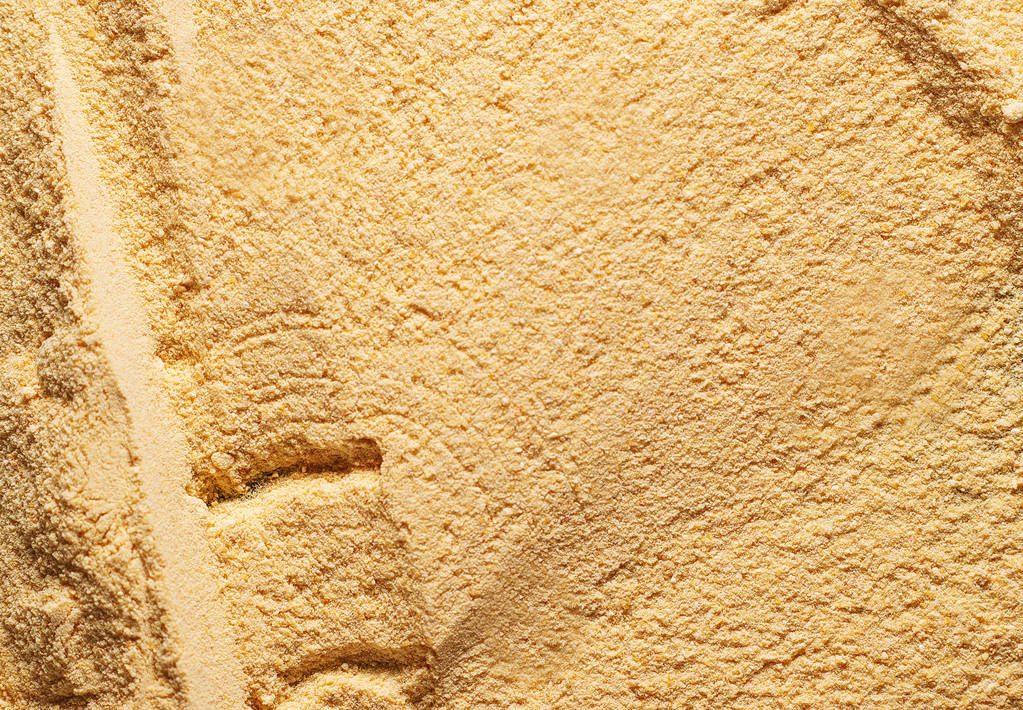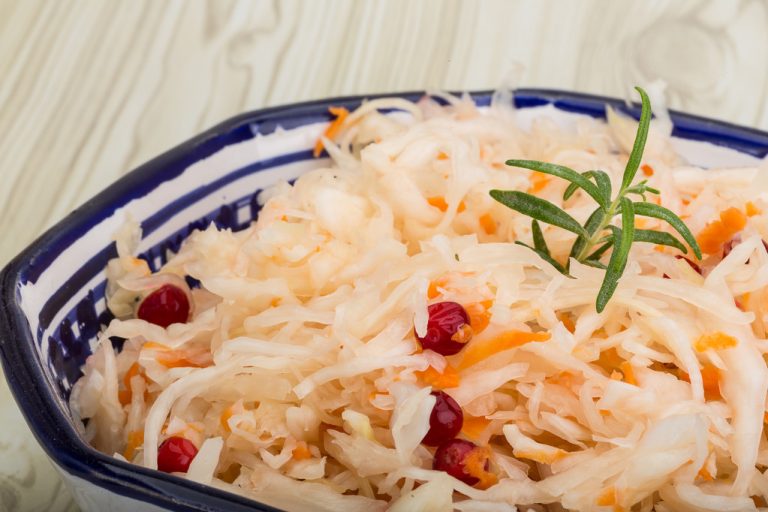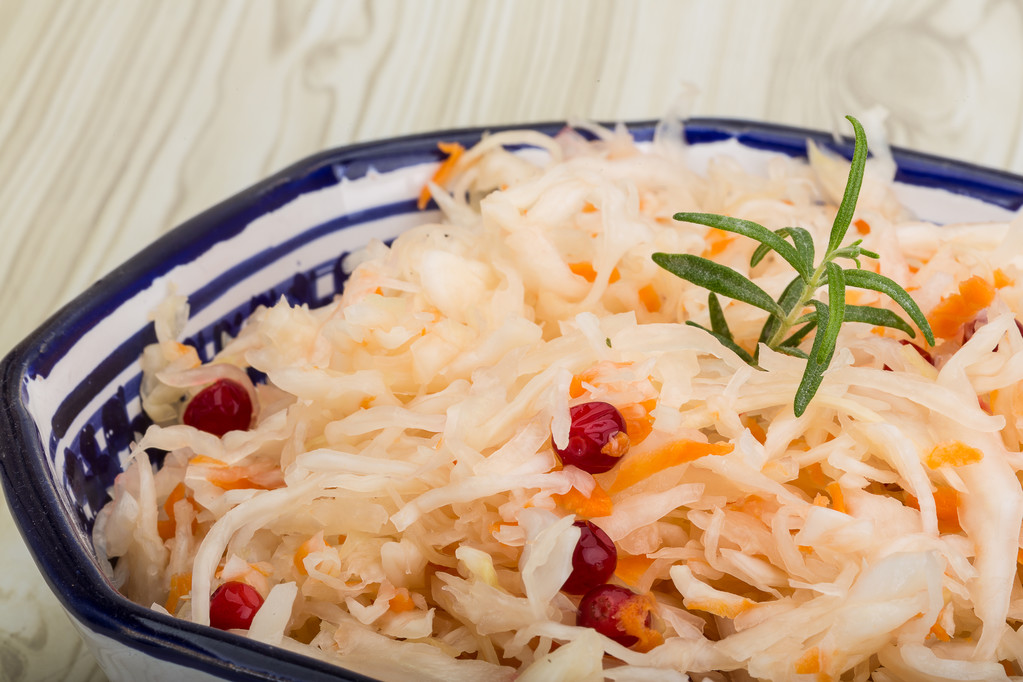Basil oil is extracted from basil leaves and flowers. What is little known: it has been used in areas other than the kitchen for thousands of years and has many healing effects.
The application of basil oil
Basil originally comes from India. Basil oil is widely used in Ayurvedic cuisine and medicine. It tastes good in dishes such as tomato and mozzarella salad. But you can also use it as a remedy.
Add 2-3 drops of basil oil to your tea. You can increase the effect if you also add a spoonful of honey. This should help with bronchial diseases, colds or digestive problems, for example.
You can also inhale with it, which is supposed to relieve irritable bowel syndrome and help against mental tension and nervousness. Put a few drops of oil in hot water and inhale the steam, for example under a towel.
Basil oil has anti-inflammatory and detoxifying effects in various areas, which various studies show.
Caution: Do not apply the oil directly to the skin. This can cause skin irritation. You can mix it with a mild olive oil or sunflower oil, for example. Basil oil should not be used during pregnancy as a study has shown that it can promote labor.
Basil oil is also often found in the following products:
in fragrance lamps
in cosmetic products
in perfumes (due to its spicy scent)
in massage oils
as compress applications
bath additive. A warm bath with basil oil is recommended for menstrual pain, for example.
Other effects of basil oil
Basil oil is said to have the following effects:
antispasmodic
calming
balancing and strengthening for the nerves, i.e. a natural nerve tonic
pain relieving
increases blood circulation
antibacterial and expectorant, which is why it is used for acne, colds and coughs
stimulates gastric juice production and thus promotes digestion
detoxifying
strengthens the formation of anti-stress hormones, which is said to have an antidepressant and memory-promoting effect
acute against headaches, for example you can mix it with oil or cream on your temples
stimulates the formation of female hormones and is said to help with hormonal imbalances and irregular menstruation
Only a few studies can be found on the effects, which is why the statements can only be made relatively. If you have symptoms, you should not rely solely on the effects of basil oil.

How to make basil oil
You can also make the basil oil yourself. It is then not the essential oil, but an oil enriched with basil. You can also use the homemade oil internally and externally, or use it to serve in salads.
For production you need:
1 clean bottle or a large jar
2 handfuls of chopped basil leaves and stalks
cold-pressed olive oil or sunflower oil
How to make basil oil yourself:
Put the basil in the bottle or jar.
Cover the basil completely with the oil. This is important, otherwise it can become moldy.
Swirl the oil once a day for four weeks.
After four weeks you can filter it and keep it in a dark bottle for about a week.


